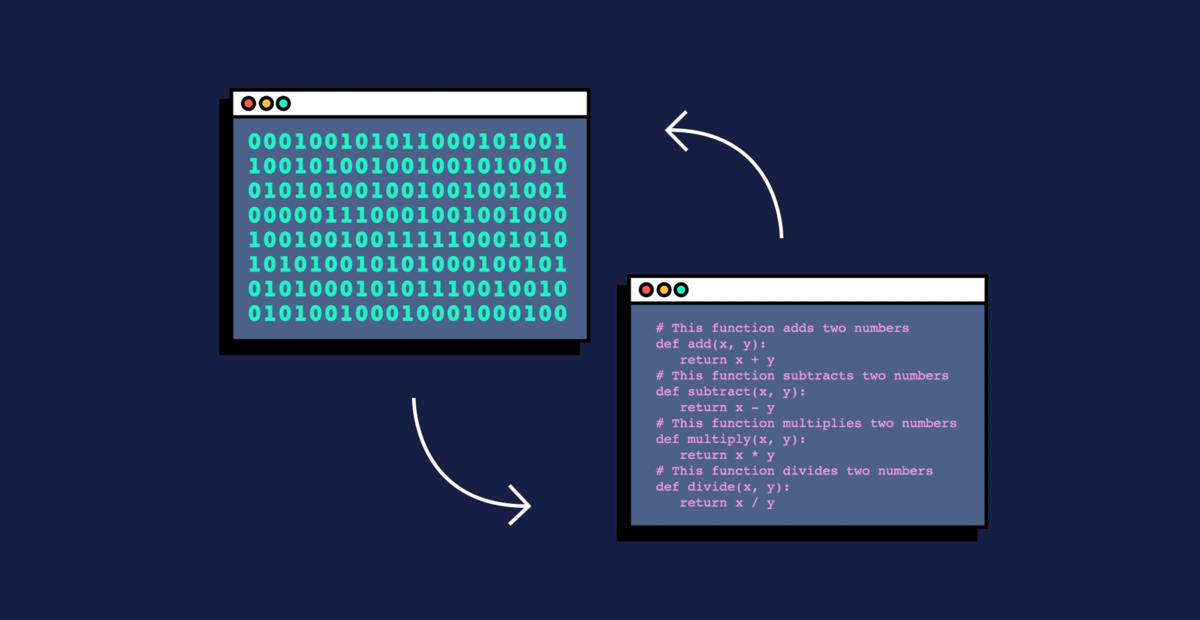The cornerstone of scientific progress lies in the ability to effectively communicate ideas and findings. Clear and accurate communication ensures the reproducibility of research, fosters collaboration among scientists, and ultimately translates scientific knowledge for the benefit of society. Yet, conveying complex scientific concepts in a way that is both understandable and precise can be a significant challenge. To address this, platforms like Study Bay offer valuable resources for essay help and writing assistance. These tools can be particularly beneficial for scientists seeking to refine their writing skills, ensuring their work is not only accurate but also engaging and accessible. This article serves as a guide for scientists to hone their writing skills with the help of such resources, promoting clarity, accuracy, and impact in their communication.
Why Write Clearly and Accurately?
The benefits of clear scientific writing are multifaceted. First, it facilitates the reproducibility of research. Others can understand the methodology employed and the data analyzed, allowing for verification and expansion upon existing knowledge. This fosters a cumulative scientific effort where each study builds upon the foundation laid by previous work. Second, clear writing promotes collaboration. Effective communication is essential for scientists to exchange ideas, discuss findings, and work together on groundbreaking research projects. Third, well-written proposals significantly increase the chances of securing grant funding. Reviewers can readily grasp the research question, methodology, and potential impact of a study when presented with clear and concise writing. Finally, clear scientific communication plays a crucial role in bridging the gap between science and society. The public can engage more effectively with scientific advancements when research is presented in an understandable and informative manner.
The consequences of unclear communication in science, conversely, can be detrimental. Misinterpretations of research findings can lead scientists down unproductive paths, hindering progress. Difficulty in replicating existing work due to unclear methodology description can stall scientific advancement. Furthermore, poorly written proposals may be rejected by funding agencies, limiting research opportunities. Ultimately, unclear communication can hamper scientific progress and stifle public understanding of scientific discoveries.
Core Principles of Scientific Writing
Effective scientific writing rests upon three core principles: clarity, accuracy, and objectivity.
- Clarity: The fundamental objective of scientific writing is to ensure the reader’s comprehension of the presented information. Scientists achieve this by utilizing precise and unambiguous language. Jargon should be avoided, or clearly defined upon first use. Logical organization with clear transitions between sections further enhances clarity.
- Accuracy: The foundation of scientific inquiry is meticulous research and data collection. Accurate scientific writing reflects this commitment to veracity. Verifying information through proper citations and presenting data and results with honesty and transparency are paramount. Meticulous proofreading is essential to eliminate errors and ensure the accuracy of the final written document.
- Objectivity: Science thrives on a neutral and unbiased approach. Scientific writing reflects this objectivity by presenting findings with a neutral tone. Researchers acknowledge limitations of their studies and potential biases that may have influenced the results. The focus of scientific writing remains on data and evidence rather than personal opinions or subjective interpretations.
Practical Tips for Clear Writing
Several practical tips can be implemented to enhance the clarity of scientific writing:
- Target Your Audience: Tailoring language and the level of detail to the specific reader is crucial. When writing for a scientific audience, a more technical approach may be appropriate. However, when communicating scientific concepts to the general public, simplifying language and avoiding jargon becomes essential.
- Structure Your Writing Effectively: A well-organized manuscript guides the reader through the scientific journey. The IMRAD (Introduction, Methods, Results, Discussion, and Conclusion) format offers a clear and logical structure. Utilizing headings and subheadings further improves readability and streamlines information flow. Sentences should be concise and informative, avoiding unnecessary complexity.
- Active Voice vs. Passive Voice: Employing the active voice generally leads to clearer and more direct prose. For example, stating “We conducted the experiment” is preferable to the passive voice construction “The experiment was conducted by us.”
- Word Choice: Precise and concise language remains paramount. Avoiding overly complex or flowery terms enhances understanding. Unnecessary jargon should be minimized, and if used, clearly defined at the first instance. Utilizing strong verbs and vivid descriptions (when appropriate) can enhance the reader’s grasp of the presented concepts.
Ensuring Accuracy in Your Writing
Accuracy extends beyond the written text and encompasses the presentation of data as well.
- Data Presentation: Tables, figures, and graphs are powerful tools for visually conveying data. Ensuring proper labeling and clear legends for all visuals is essential. Furthermore, these data presentations need to be seamlessly integrated within the written text, with clear references and explanations provided.
- Citation Management: Accurate and consistent referencing is crucial for scientific integrity. Utilizing a citation management system streamlines this process. Following a recognized citation style guide (e.g., APA, MLA, Chicago) ensures consistency. Double-checking all references for accuracy before submission is essential.
- Grammar and Mechanics:
Strong scientific writing rests upon a foundation of proper grammar and mechanics. Meticulous proofreading is essential to identify and correct grammatical errors. This includes ensuring proper punctuation and sentence structure. Utilizing online grammar checkers or professional editing services can be valuable tools for ensuring a polished final product.
- Flow and Readability:
Maintaining reader engagement is crucial for effective scientific communication. Varying sentence length and structure prevents monotony. Employing transitions between ideas creates a logical flow for the reader. Reading your writing aloud helps identify awkward phrasing or unclear passages that may hinder comprehension.
- Beyond the Basics: Advanced Writing Strategies
Mastering the fundamentals paves the way for developing advanced writing strategies that further enhance the impact of your scientific communication.
- Crafting Effective Introductions: A compelling introduction captures the reader’s interest and sets the stage for the research presented. A clear statement of the research problem immediately grabs the reader’s attention. A brief connection to existing literature establishes the context of your work. Finally, a concise overview of your research goals and methodology provides a roadmap for the reader.
- Writing Compelling Results Sections: The results section presents the heart of your scientific investigation. The focus should be on key findings, avoiding overwhelming the reader with excessive detail within the text. Tables, figures, and graphs are powerful tools for highlighting important results in a visually compelling manner. Discussing the significance of your findings in relation to the research question further strengthens the impact of the results section.
- Crafting Engaging Discussion Sections: The discussion section delves deeper into the interpretation of your results. Effectively weaving your findings into the existing body of knowledge is crucial. Acknowledge limitations of your study and suggest potential avenues for future research. Avoid simply restating the results; instead, draw broader conclusions and highlight the broader impact of your research.
Conclusion
Clear and accurate communication is the cornerstone of scientific progress. By adopting the principles and strategies outlined in this article, scientists can elevate their writing skills, ensuring their research findings are effectively communicated, understood, and utilized to propel scientific progress forward. This journey of continuous improvement can be further supported by valuable resources, such as writing workshops, online guides, and peer review opportunities. By honing their writing skills, scientists can not only advance their own research but also contribute to a broader scientific discourse that benefits all.



Leave a Reply